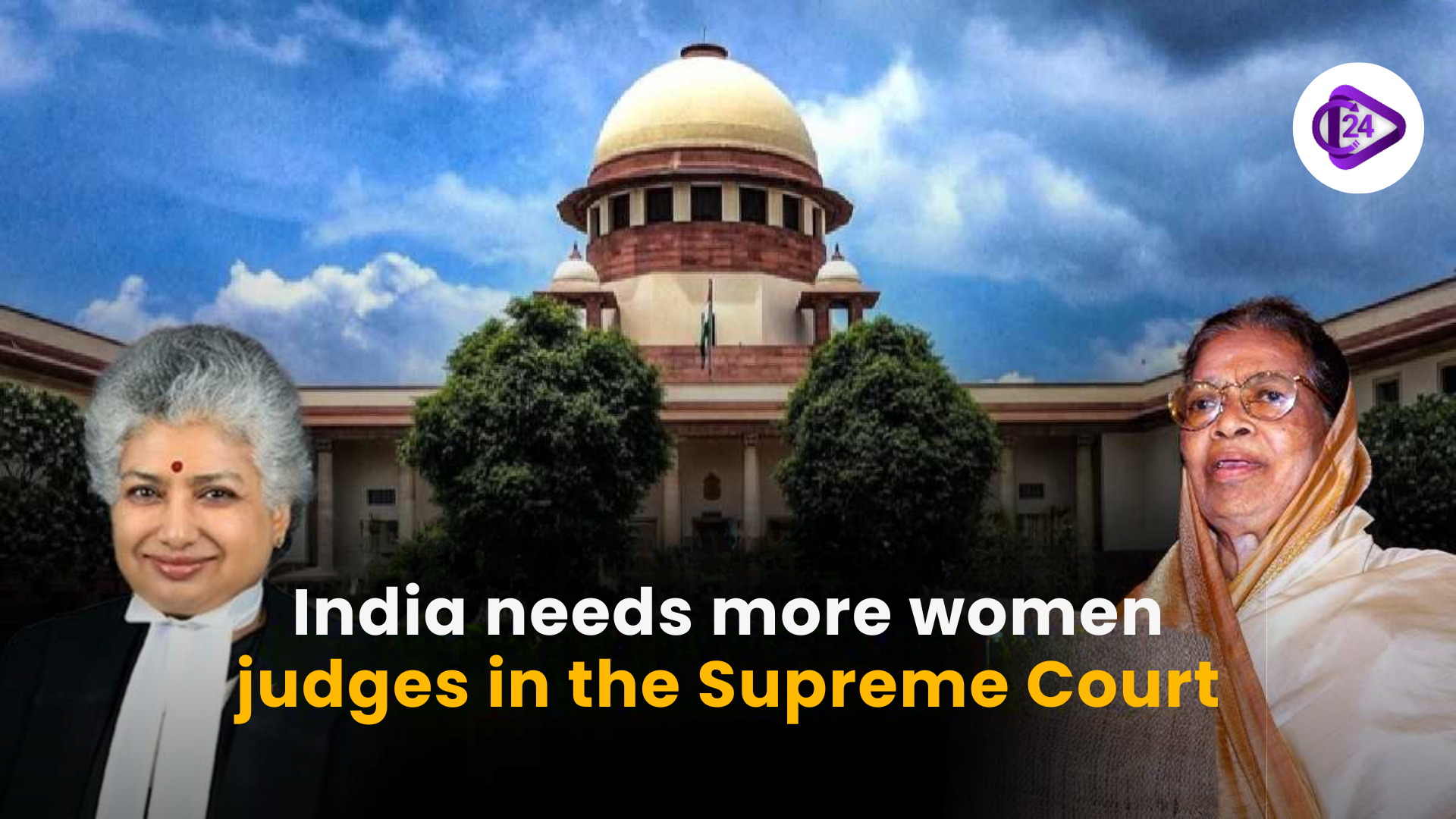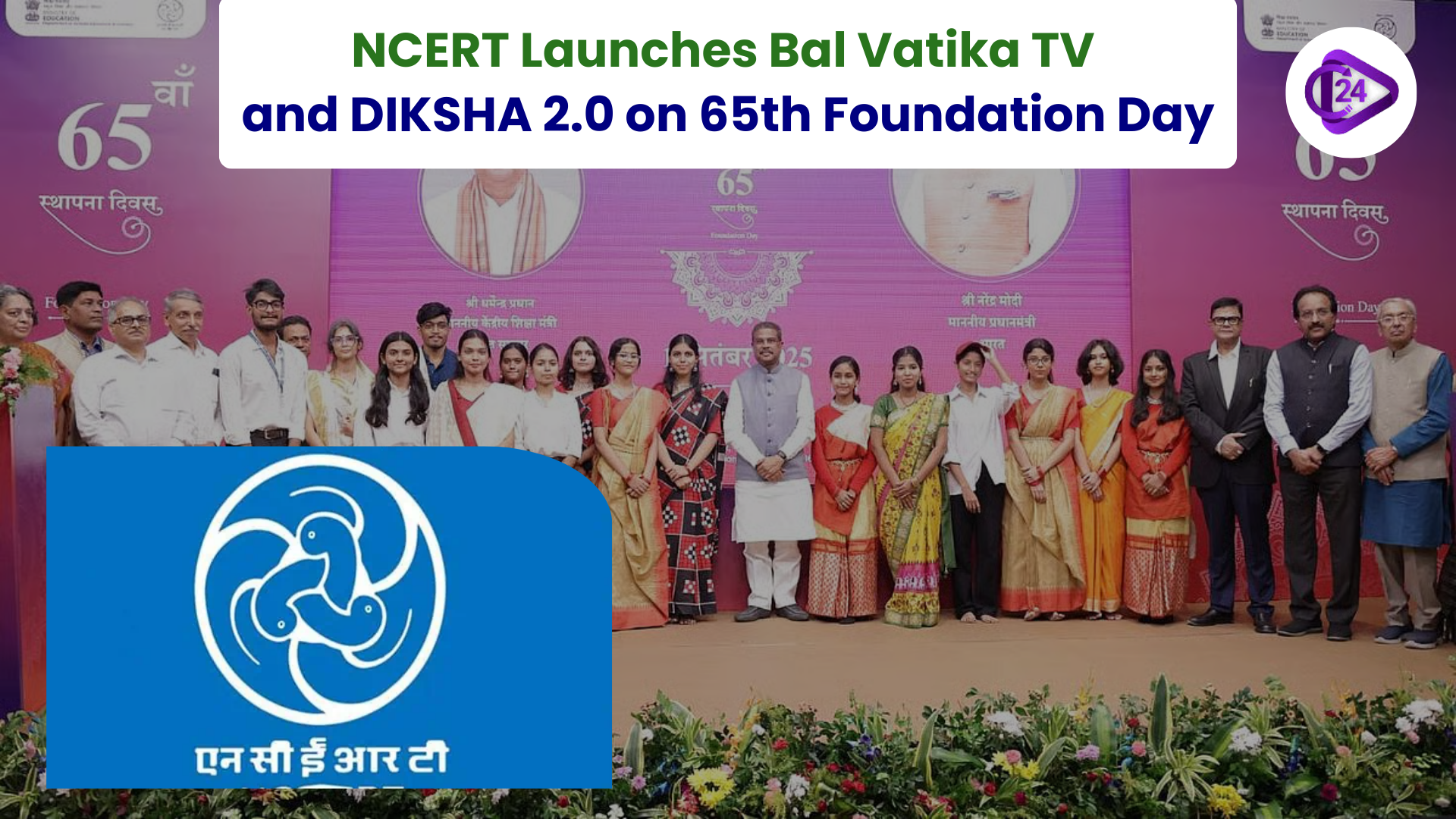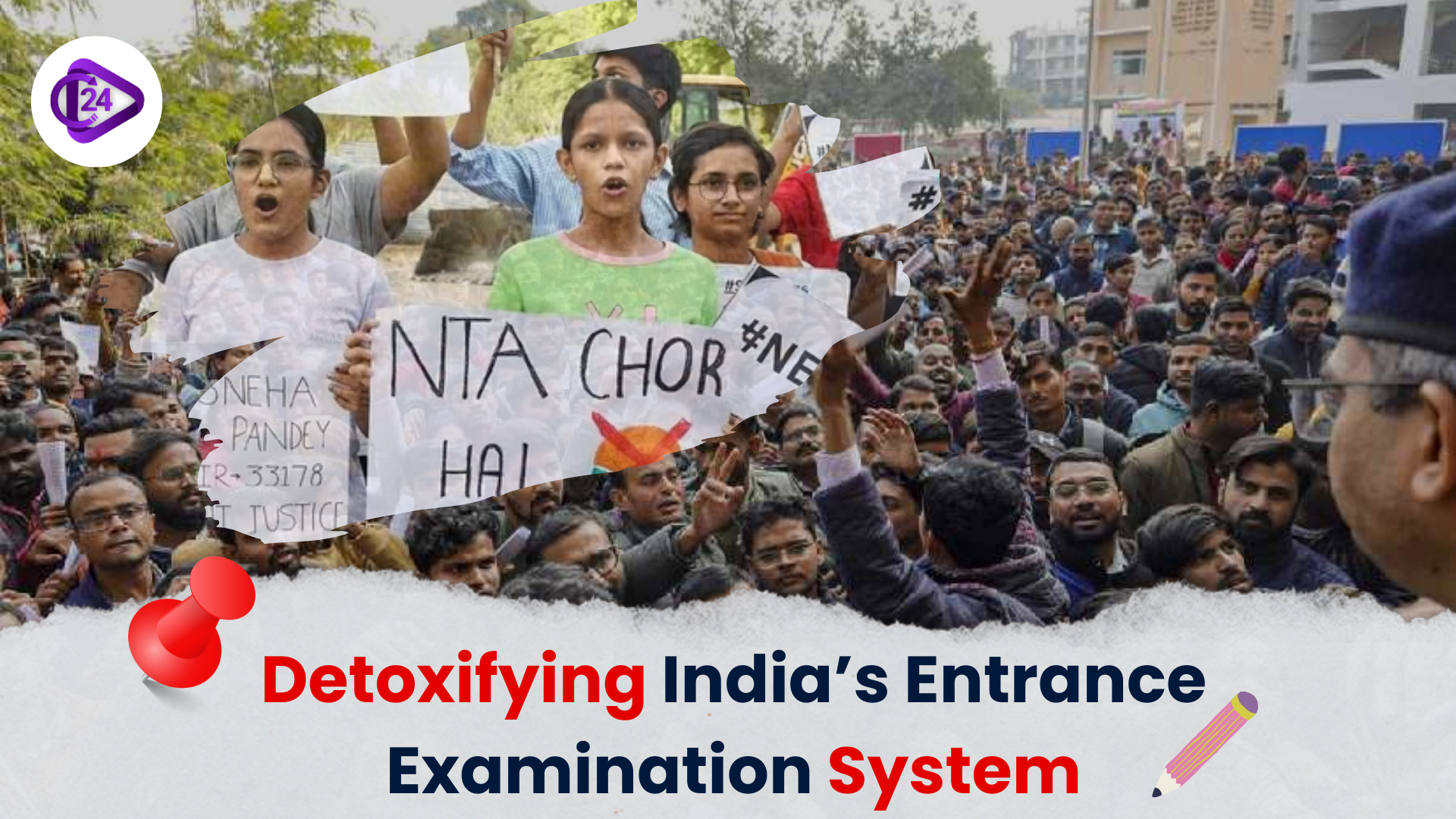
The vacancies in the Supreme Court that would have been exploited to enhance gender balance upon the retirement of Justice Sudhanshu Dhulia in August 2025 were not occupied by women. There are currently only 34 judges in the Court, of whom Justice B.V. Nagarathna is the only female judge. There have never been 11 women (3.8 of the total number of appointments) serving since 1950. Women end up being appointed towards the end of their careers, which restricts their time and opportunity to impact on the appointment of judges. The absence of gender representation negates the equality and representation agenda of the Court.
What is in News
-
All 34 Supreme Court judges are male (Justice B.V. Nagarathna is the only female).
-
Within the vacancies, gender balance was disregarded once again due to new hires.
-
The Collegium system is not transparent and does not require gender diversity in the appointment to the judicial bench.
Key Points
1. Imbalanced Gender in the Supreme Court.
-
Of 287 (3.8 percent only) women judges appointed since 1950, 11 only have been appointed.
-
The most recent significant milestone was in 2021, when 3 women were appointed together, raising women representation temporarily to over 10%.
-
Women judges lack caste diversity; no woman SC/ST has been given such appointment yet.
2. Structural Disadvantages
-
Women judges are selected at an advanced phase in their lives, which means fewer terms and less chance of making it to the Collegium or becoming CJI.
-
In 2027, Justice Nagarathna will become the first woman Chief Justice, but in 36 days only.
-
Rarely are women lawyers selected directly off the Bar: only one woman, Justice Indu Malhotra, has been so appointed.
3. Lack of Transparency and Collegium Process.
-
CJI and four senior-most judges make judicial appointments in a Collegium.
-
Appointments are not made in a transparent manner and there is no consistent publication of the reasons behind appointments.
-
Sometimes caste, region and religion are included, but never gender.
4. Must Have Gender Representation.
-
Female judges add a different dimension of judicial logic and conclusion.
-
Their presence increases the level of trust and confidence of the people as courts become more representative of the society.
-
Systemic inequities would be fixed by institutionalising gender, caste, and regional diversity policies in the appointment of judicial officers.
Conclusion
Gender balance has never been achieved at the Supreme Court and women are grossly underrepresented. Women are still being denied appointments despite increasing seniority and merit among women judges and lawyers. Gender should be an institutionalised criterion in appointments on an open policy platform. It is only at this point that the highest court of India will actually represent the constitutional promise of equality and representation of all citizens.



 GST Council: Constitutional Provisions and Functions
GST Council: Constitutional Provisions and Functions India’s First Vulture Conservation Portal Launched
India’s First Vulture Conservation Portal Launched Sickle cell: The battle for disability justice
Sickle cell: The battle for disability justice PM Modi receives first Made in India Vikram 32-bit Chip
PM Modi receives first Made in India Vikram 32-bit Chip Census 2027: First Digital Census with Geo-Tagged Buildings
Census 2027: First Digital Census with Geo-Tagged Buildings The rise and risks of health insurance in India
The rise and risks of health insurance in India NCERT Launches Bal Vatika TV and DIKSHA 2.0 on 65th Foundation Day
NCERT Launches Bal Vatika TV and DIKSHA 2.0 on 65th Foundation Day Educate Girls Wins Ramon Magsaysay Award 2025
Educate Girls Wins Ramon Magsaysay Award 2025 Reforming India’s Entrance Exams: Towards Equity and Student Well-being
Reforming India’s Entrance Exams: Towards Equity and Student Well-being






